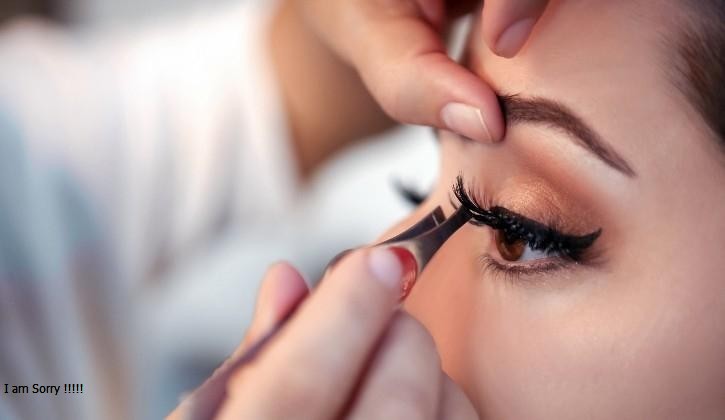Bimatoprost is a medication that has gained attention for its effectiveness in treating various conditions, particularly in eye care and, more recently, in promoting hair growth. In this article, we will explore what bimatoprost is, how it works, its uses, and its potential side effects.
What is Bimatoprost?
Bimatoprost is a synthetic prostaglandin analog. Prostaglandins are naturally occurring substances in the body that have several functions, including regulating blood flow, inflammation, and cell growth. Bimatoprost is primarily used to treat glaucoma and ocular hypertension but has also been found to promote hair growth, especially for those experiencing eyelash hypotrichosis (inadequate or not enough eyelashes).
How Does Bimatoprost Work?
In Eye Care
When used in eye care, bimatoprost works by increasing the outflow of fluid from the eye. This helps lower intraocular pressure (IOP), which is crucial for patients with glaucoma or ocular hypertension. By reducing IOP, bimatoprost helps prevent damage to the optic nerve and preserves vision.
In Hair Growth
In terms of hair growth, bimatoprost works by extending the growth phase of hair follicles. Hair grows in cycles, and bimatoprost can help keep hair in the growth phase for longer periods. This results in thicker, longer, and healthier hair. While it is primarily approved for eyelash growth, some people have started using it for other areas of hair loss, like eyebrows and scalp hair.
Uses of Bimatoprost
1. Eye Care
Bimatoprost is most commonly used in the form of eye drops. Doctors prescribe it to patients who have:
- Glaucoma: A condition where increased pressure in the eye can lead to vision loss.
- Ocular Hypertension: A condition where pressure in the eye is higher than normal but not yet causing damage.
The typical form of bimatoprost for eye care is branded as Lumigan. Patients use one drop in the affected eye(s) once daily, usually in the evening.
2. Hair Growth
Bimatoprost is also available in a formulation known as Latisse. This product is specifically approved for promoting eyelash growth. People looking to enhance the length and thickness of their eyelashes can apply Latisse once a day to the base of the upper eyelashes.
In recent years, some people have experimented with using bimatoprost off-label for other hair growth purposes, like enhancing eyebrow thickness or treating scalp hair loss. However, it’s important to note that these uses are not officially approved, and anyone considering this should consult a healthcare professional.
Potential Side Effects
Like any medication, bimatoprost can have side effects. While many people tolerate it well, some may experience:
Common Side Effects
- Eye Irritation: Redness, itching, or a feeling of grittiness in the eye can occur, especially when starting treatment.
- Changes in Eye Color: Long-term use of bimatoprost can lead to increased pigmentation of the iris (the colored part of the eye), making it darker. This effect is more noticeable in people with brown eyes.
- Eyelash Changes: While many people desire longer eyelashes, some may find that their eyelashes become more curly or thicker in an uneven way.
Less Common Side Effects
- Headaches: Some users report headaches, particularly when starting the treatment.
- Skin Darkening: If the medication comes into contact with the skin, it can cause darkening of the skin around the eyes.
- Vision Changes: Although rare, some individuals may experience changes in vision, such as blurriness or double vision.
It’s essential to discuss any concerns with a healthcare provider, especially if side effects are severe or persistent.
Who Should Use Bimatoprost?
Eye Care
Bimatoprost is prescribed to adults with glaucoma or ocular hypertension. It’s crucial to have regular check-ups with an eye doctor to monitor IOP and adjust treatment if necessary. It’s not suitable for everyone, and patients should discuss their full medical history with their doctor before starting treatment.
Hair Growth
For those interested in using bimatoprost for eyelash enhancement, Latisse is the recommended option. It’s important to use it as directed to avoid potential side effects. Again, individuals should consult their healthcare provider before starting any off-label use, such as for eyebrow or scalp hair growth.
How to Use Bimatoprost
For Eye Care
- Wash Your Hands: Always wash your hands before handling the eye drops.
- Tilt Your Head Back: Look up and pull down your lower eyelid to create a small pocket.
- Apply the Drop: Squeeze the bottle to release one drop into the pocket created by the lower eyelid.
- Close Your Eye: After applying the drop, close your eye for a minute to help the medication absorb.
- Avoid Touching the Dropper: Do not let the dropper touch your eye or any surface to prevent contamination.
For Hair Growth
- Clean Your Face: Ensure your face is clean and dry before applying Latisse.
- Use the Applicator: Dip the provided applicator into the solution.
- Apply to Eyelashes: Carefully apply the solution along the base of the upper eyelashes, being careful not to apply it to the lower lashes.
- Dispose of the Applicator: Use a new applicator for each application to avoid contamination.









